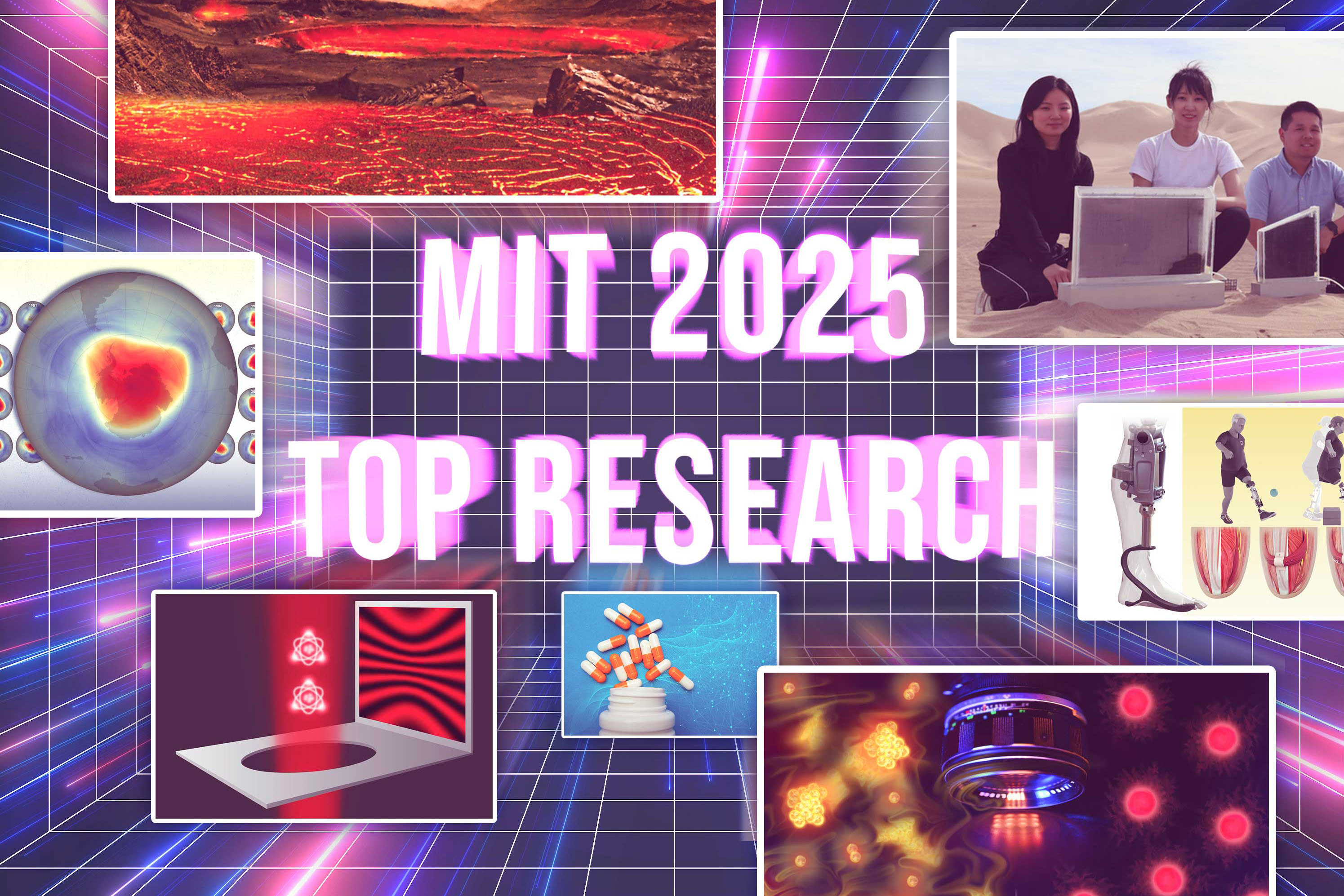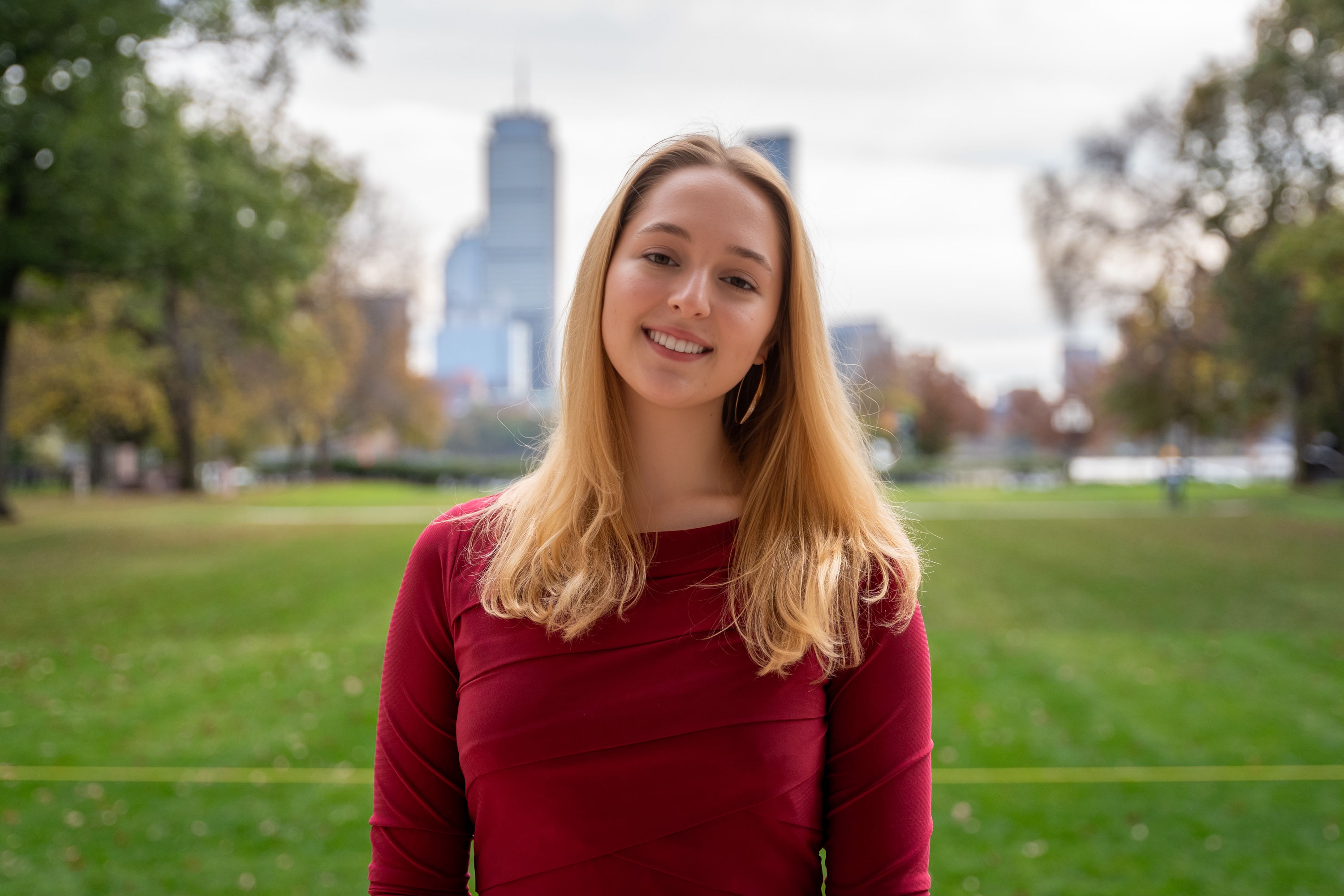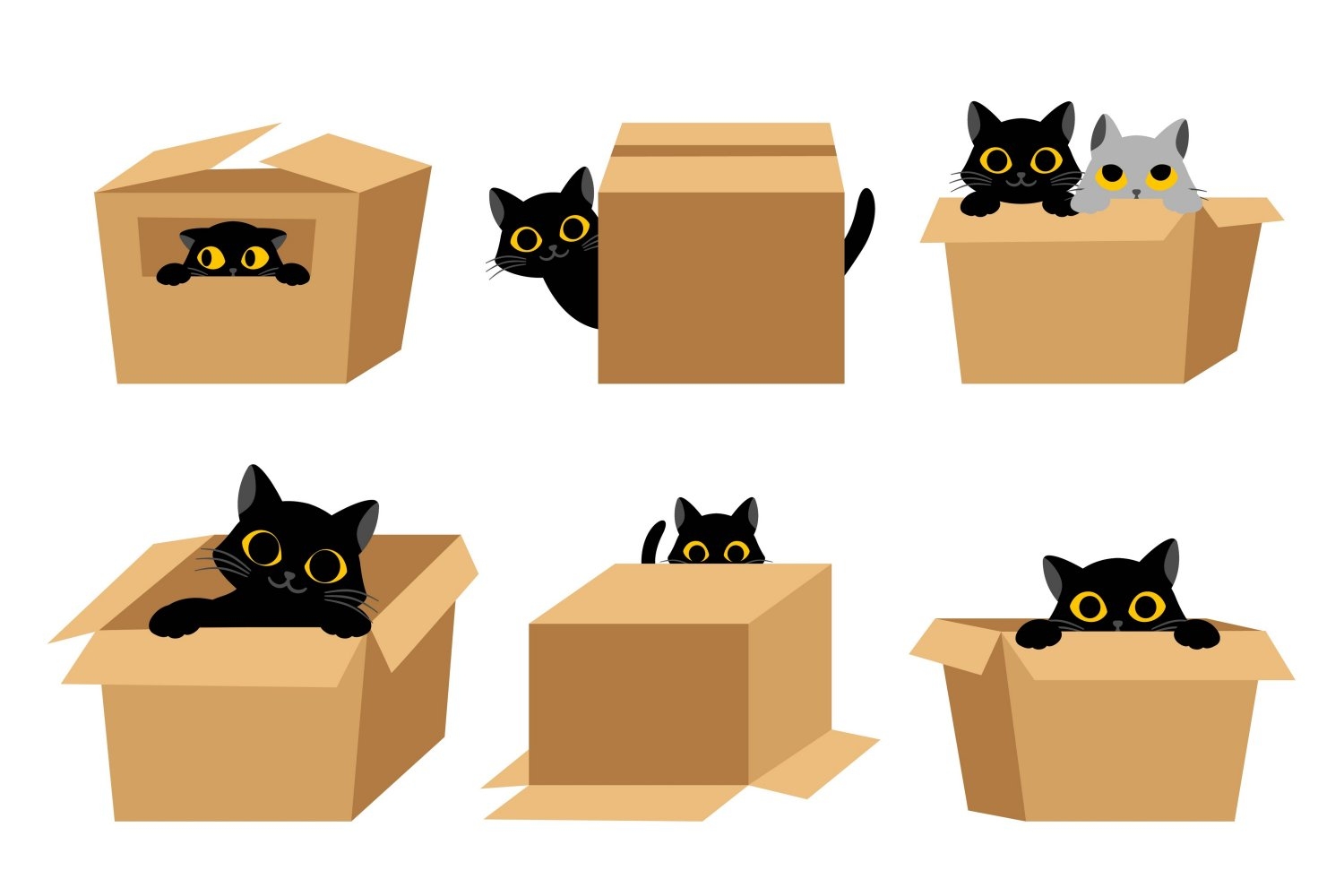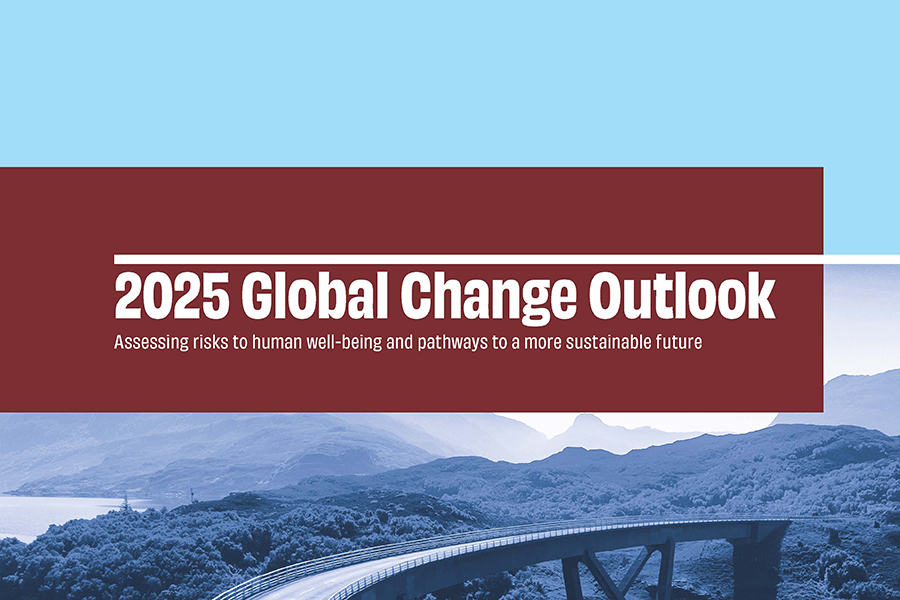Engineering News
-
MIT community in 2025: A year in review
-
MIT’s top research stories of 2025
-
Study: High-fat diets make liver cells more likely to become cancerous
-
Study: More eyes on the skies will help planes reduce climate-warming contrails
-
“Wait, we have the tech skills to build that”
-
Building reuse into the materials around us
-
Guided learning lets “untrainable” neural networks realize their potential
-
A new way to increase the capabilities of large language models
-
Post-COP30, more aggressive policies needed to cap global warming at 1.5 C















